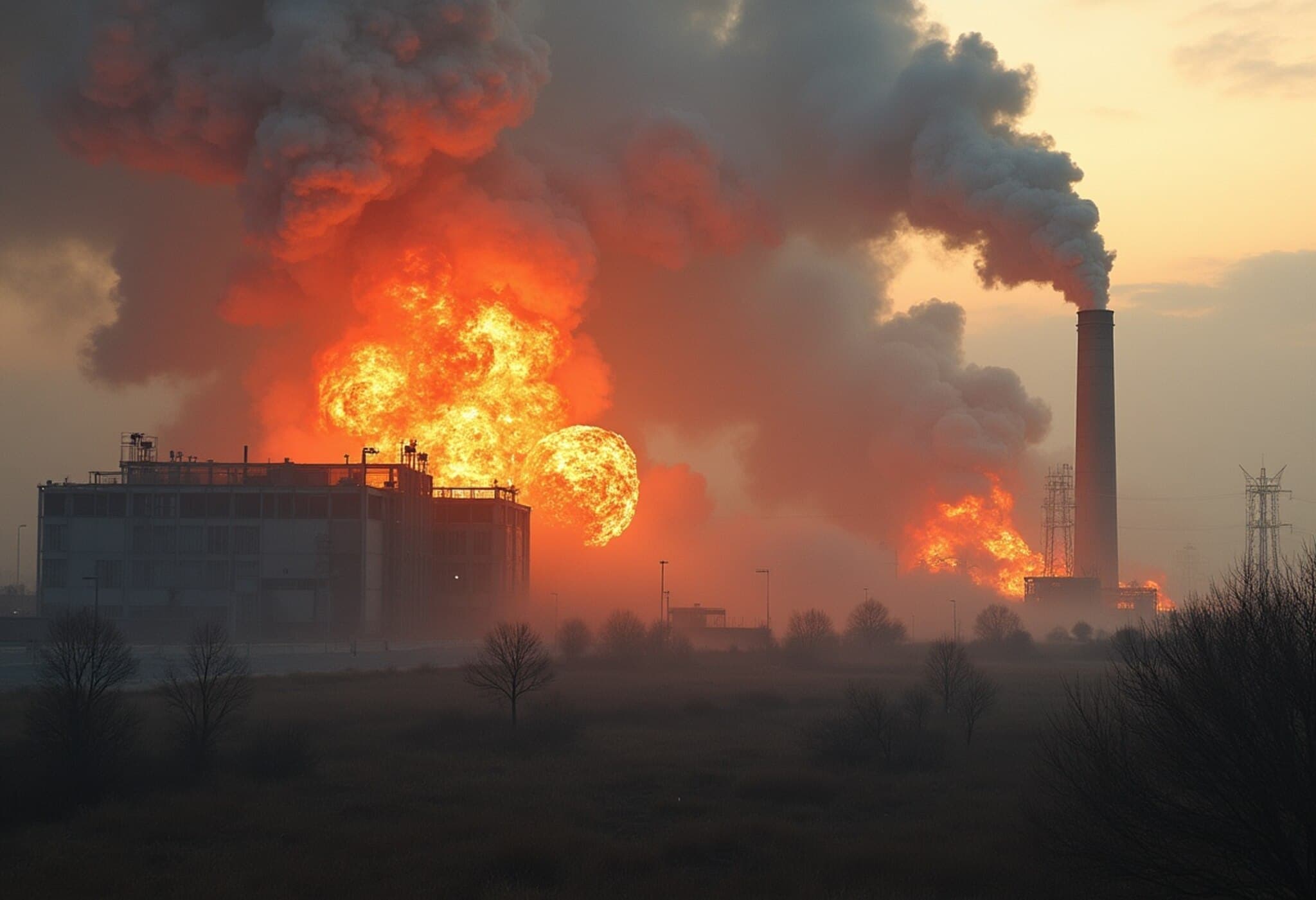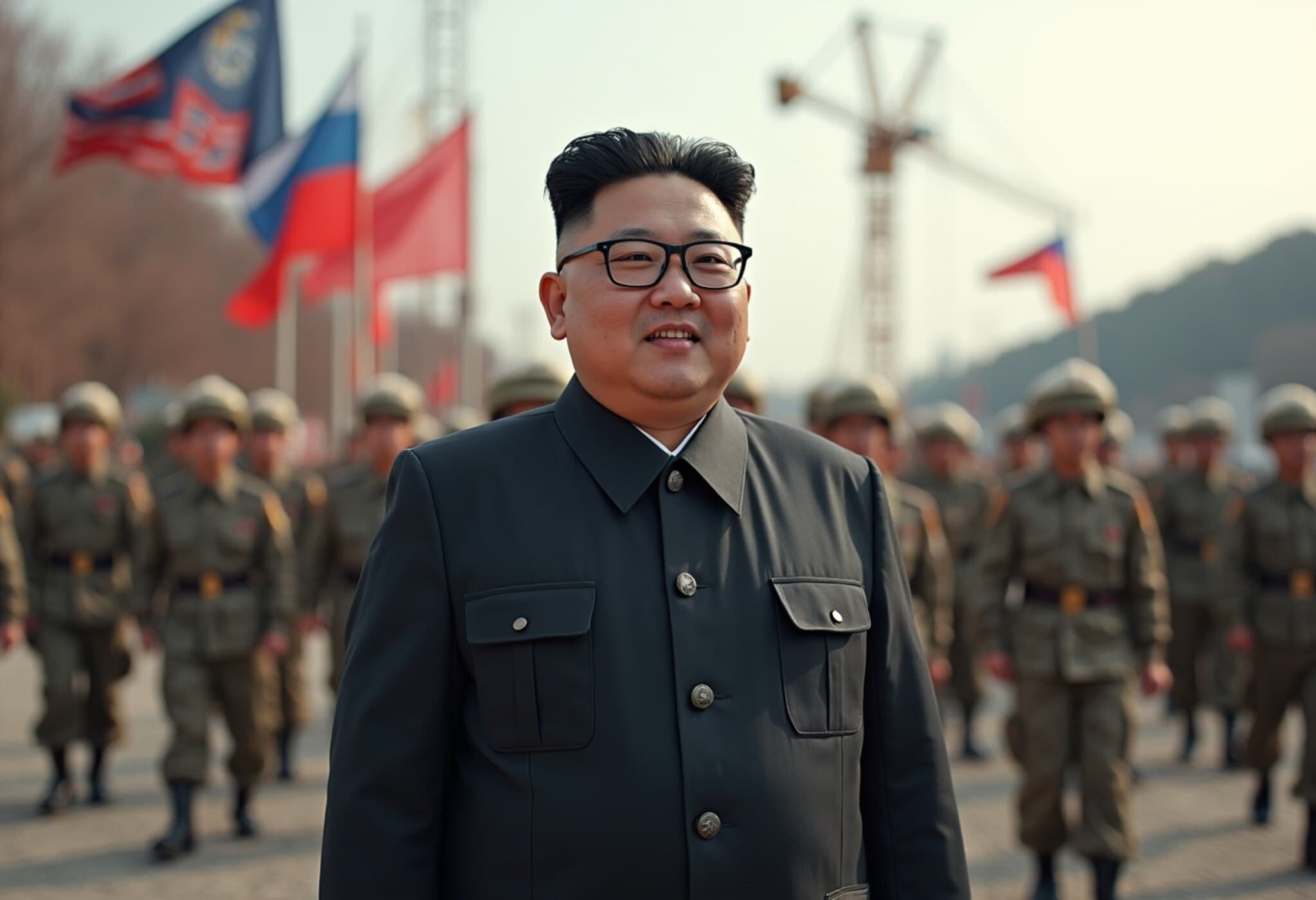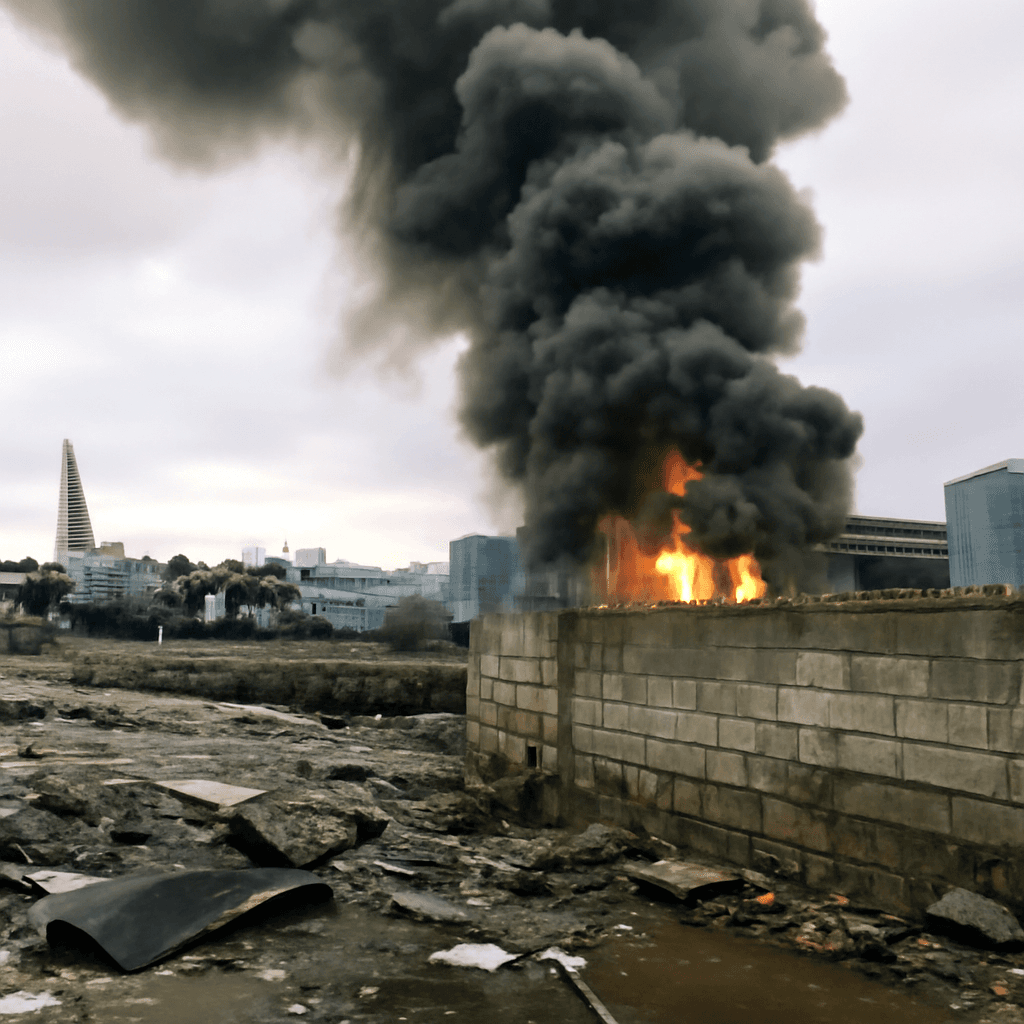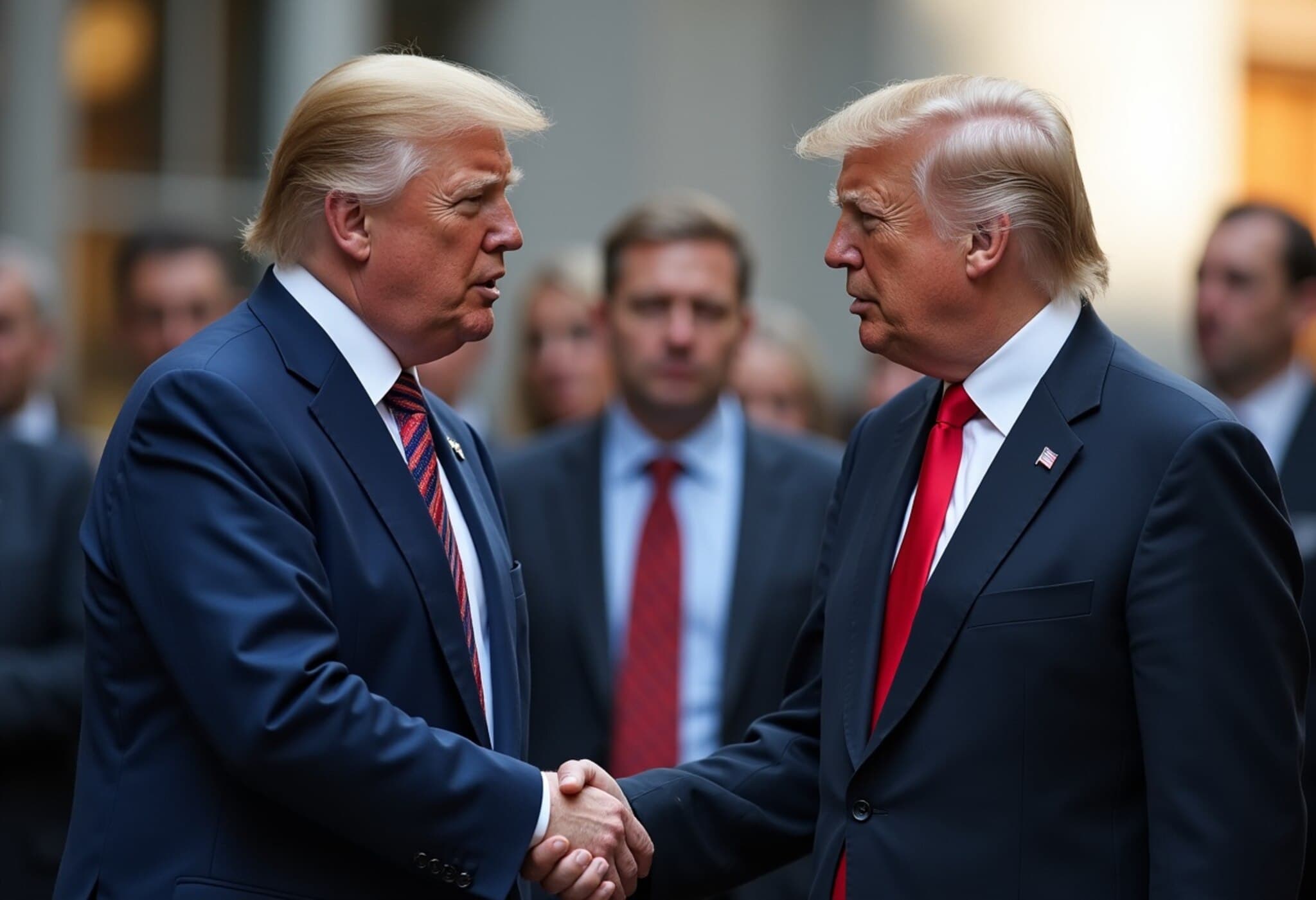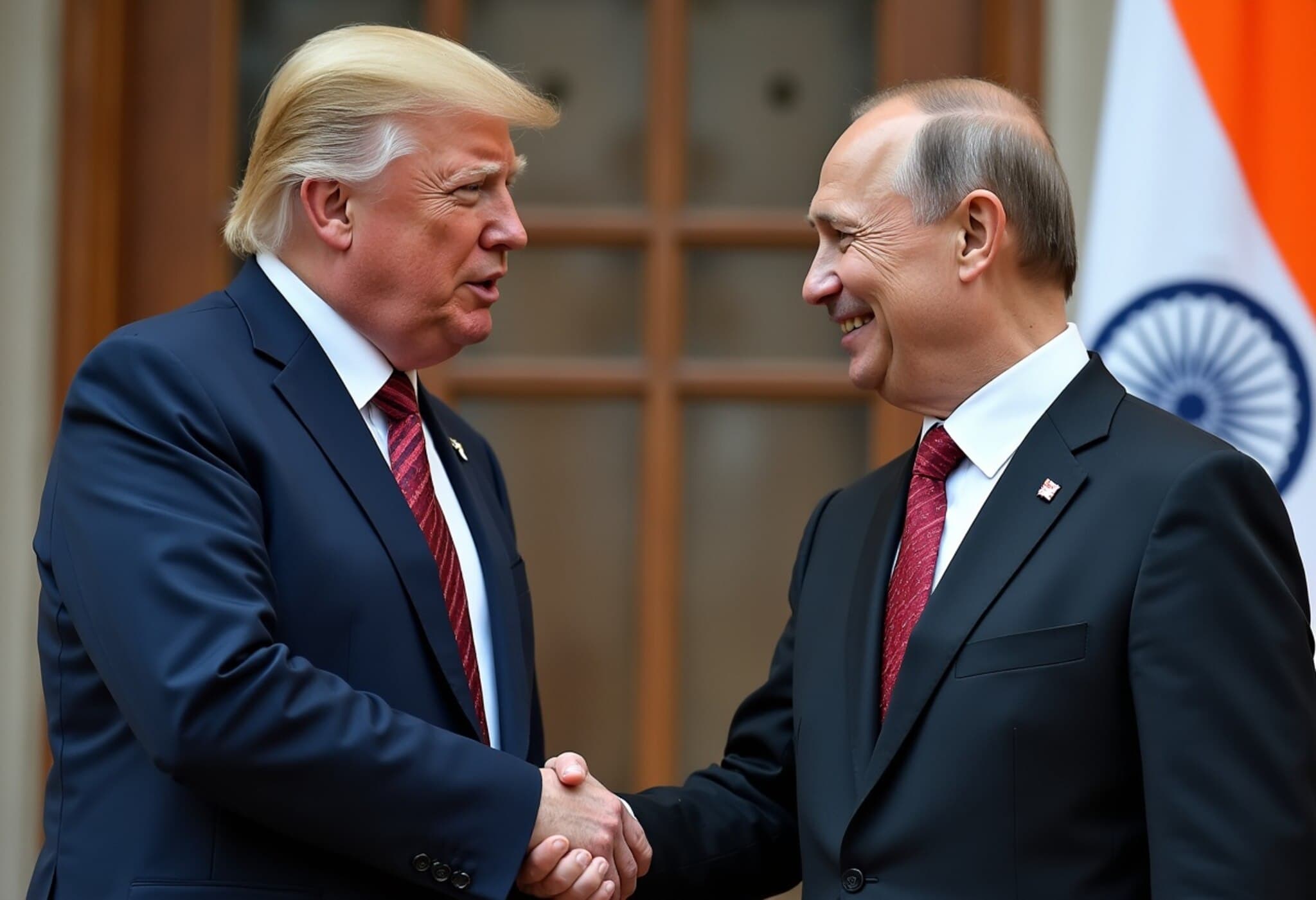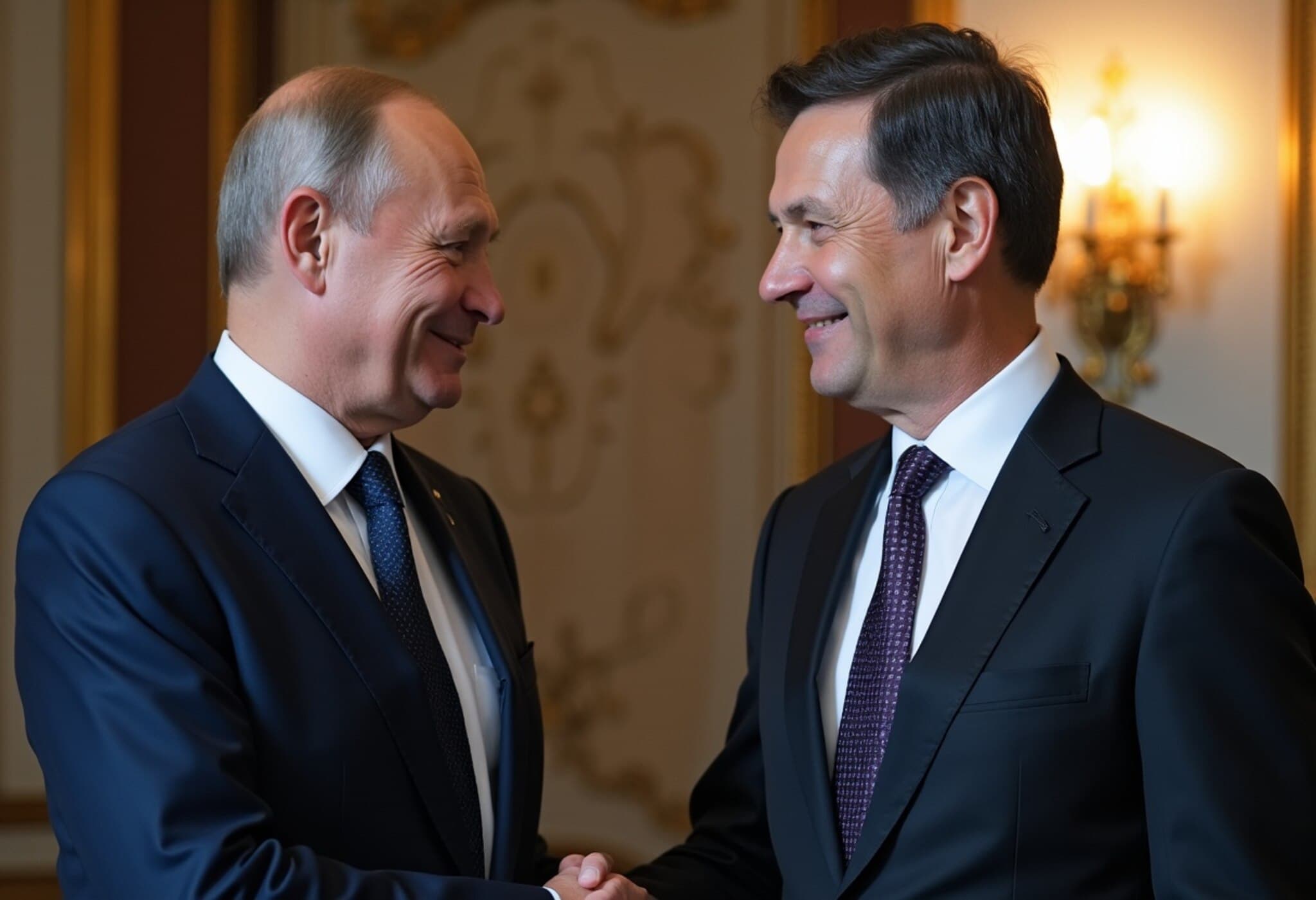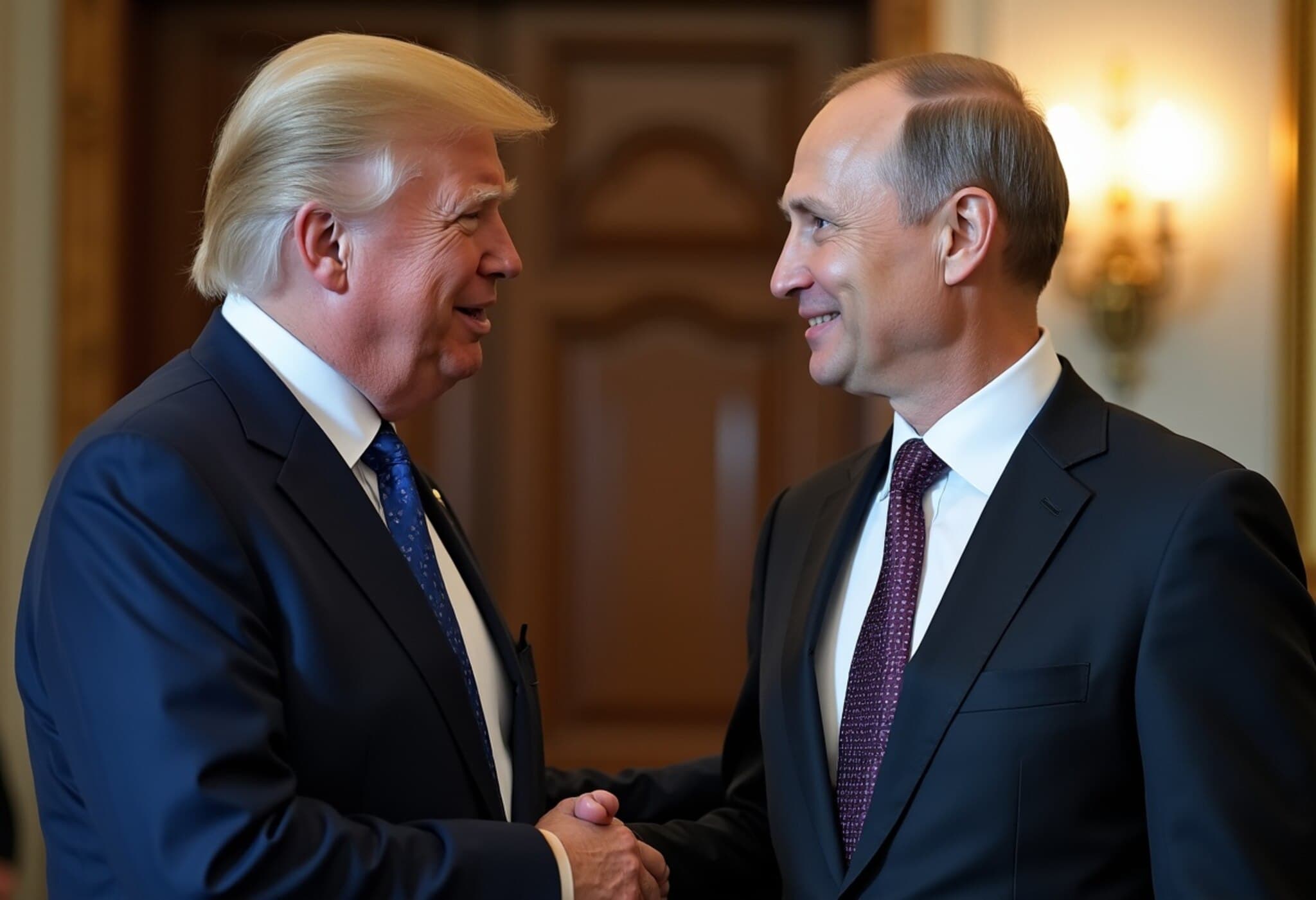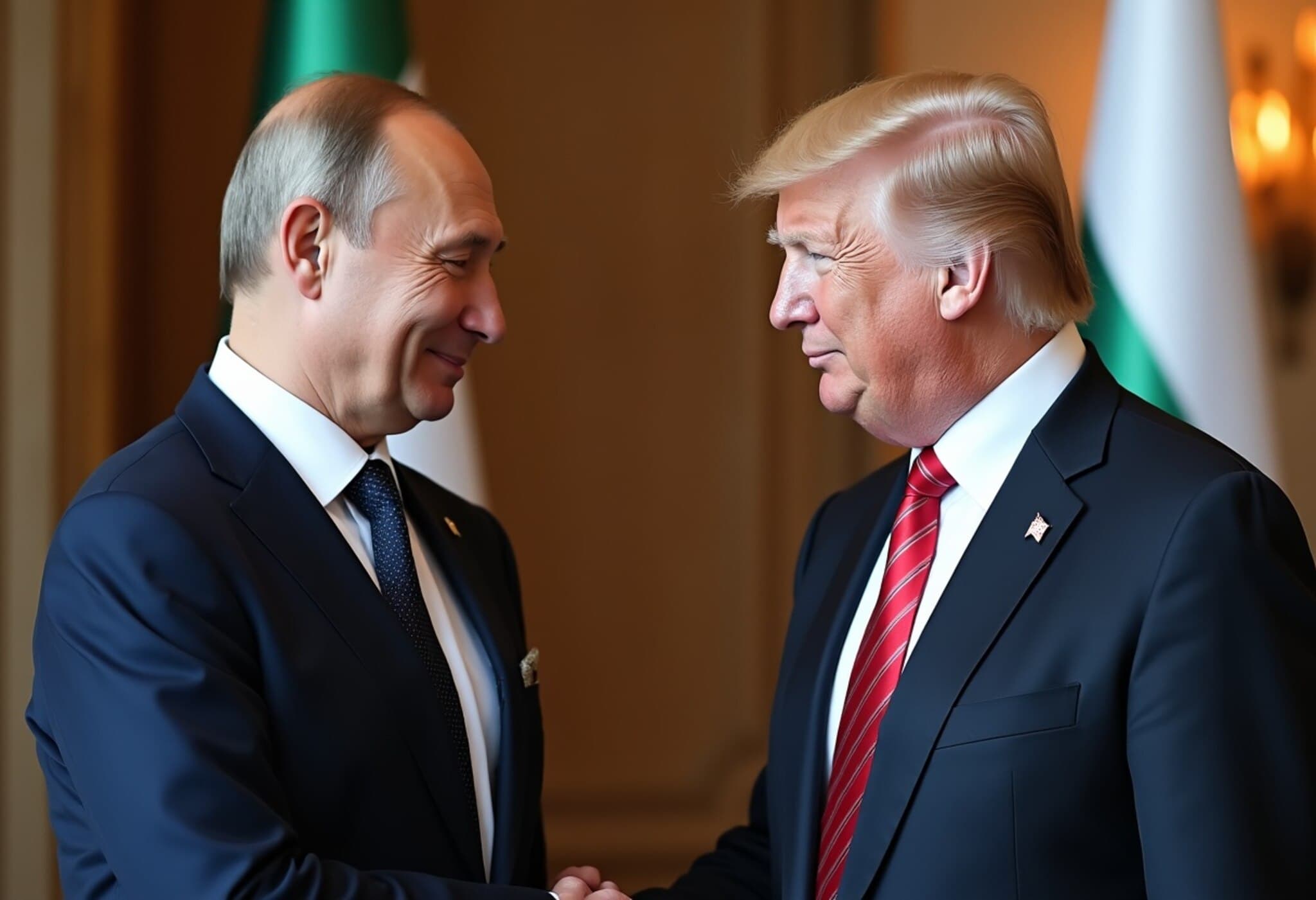Explosions Heard and Smoke Observed Near Zaporizhzhia Nuclear Power Plant
August 3, 2025 – The International Atomic Energy Agency (IAEA) has reported that its monitoring team stationed at Ukraine's Zaporizhzhia Nuclear Power Plant (ZNPP) detected explosions and observed smoke emanating from an adjacent area. This unsettling development raises critical concerns over nuclear safety in a region already marked by conflict and geopolitical tension.
Incident Details and Immediate Implications
According to an official statement from the IAEA on Saturday, one of the plant's auxiliary facilities located approximately 1,200 meters from the perimeter of ZNPP was targeted and attacked. The agency's team onsite witnessed persistent smoke from the vicinity hours after the incident, underscoring the potential risks to the plant’s infrastructure.
While the core nuclear reactors were not reported to be directly impacted, any attack near a nuclear installation inevitably heightens fears about possible collateral damage or accidental radiation release, emphasizing the fragility of nuclear safety in conflict zones.
Contextualizing the Risks in a Conflict Zone
The Zaporizhzhia plant, Europe's largest nuclear power facility, has been a focal point of military and diplomatic tension since hostilities escalated in the region. The plant’s proximity to ongoing armed conflict exposes it to risks that are rare for nuclear facilities worldwide, where stringent security measures usually prevent such incidents.
This event not only threatens the immediate safety of the plant’s operations but also complicates international efforts aimed at securing nuclear material from misuse or accidental release. The potential humanitarian and environmental consequences of any nuclear damage in this region would be catastrophic, affecting millions across Eastern Europe and beyond.
Expert Insights: Why This Matters Globally
- Nuclear safety in conflict zones: Experts stress the urgent need for international diplomatic efforts to establish demilitarized zones around nuclear plants to prevent any military actions near such sensitive infrastructures.
- Global energy security: The Zaporizhzhia plant contributes significantly to Ukraine’s electricity grid. Damage or operational disruptions could create broader energy shortages during an already challenging geopolitical climate.
- Regulatory oversight challenges: The IAEA’s continuous presence and surveillance provide critical, unbiased information, but access limitations in conflict zones pose immense obstacles.
Underreported Perspectives and Emerging Questions
Beyond immediate safety concerns, this incident raises broader questions often overshadowed in media coverage:
- How can international frameworks evolve to ensure nuclear facilities remain neutral and protected even amid armed conflicts?
- What are the long-term ramifications for local populations reliant on the plant for employment and electricity if security deteriorates further?
- In what ways might this incident affect future policies on nuclear energy reliance in geopolitically unstable regions?
Moving Forward: Preparedness and International Response
Given the rising dangers, calls for enhanced international cooperation intensify. Experts advocate for:
- Stricter enforcement of international treaties safeguarding nuclear sites.
- Expansion of real-time monitoring systems with transparent public reporting to reassure global communities.
- Robust contingency plans by Ukrainian authorities and international partners to mitigate nuclear incidents amid warfare.
As the world watches closely, the stakes transcend regional borders, reminding us that nuclear safety is a global responsibility, demanding vigilance, courage, and concerted diplomatic efforts.
Editor's Note: This latest development at Zaporizhzhia underscores the fragility of nuclear infrastructure within conflict zones. It necessitates reflection on international legal protections for nuclear facilities, humanitarian risks, and the urgent need for transparent global oversight. Readers are encouraged to consider how evolving geopolitics influence nuclear energy's future and security paradigms, particularly in volatile regions.

